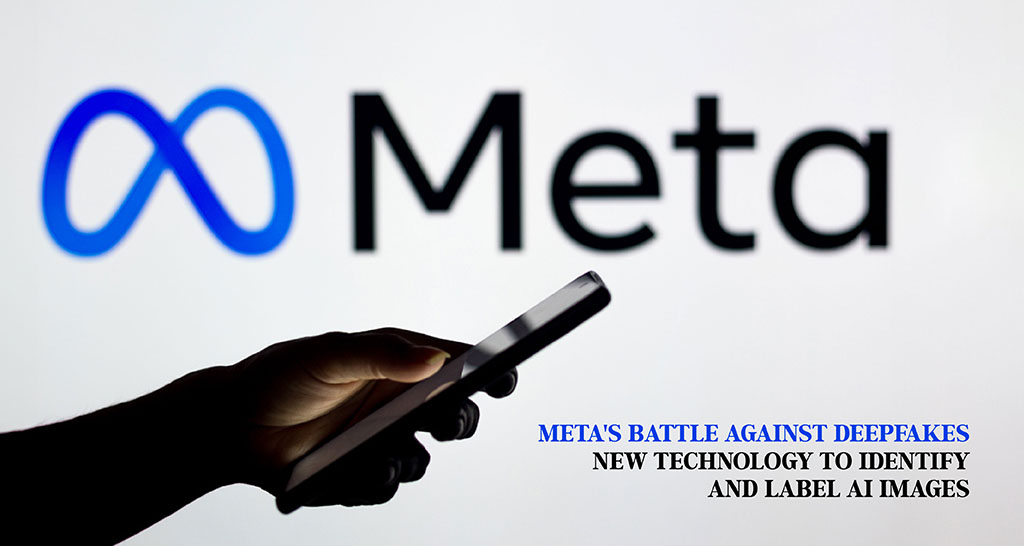Meta, the parent company of Facebook and Instagram, has announced plans to introduce technology to detect and label images generated by external artificial intelligence (AI) tools. Meta is taking steps to deal with a growing issue on its platforms, commonly known as deepfakes. These are fake videos or content created using artificial intelligence. Meta wants to address the worries about such misleading content by taking specific actions. While the company already labels AI images generated by its systems, this shows that it’s serious about dealing with the more significant problem of fake content made by AI across its social media networks.
Detection Technology and Platform Implementation:
Meta’s new technology is currently under development and aims to identify and label AI-generated images on Facebook, Instagram, and Threads. The company knows that the technology is not fully ready yet but hopes to encourage everyone in the industry to work together and deal with the challenges of fake AI. This technology involves visible markers, invisible watermarks, and metadata embedded within the image. It helps to detect when realistic pictures are made using artificial intelligence.
Challenges and Criticisms:
Even though Meta is making an effort, some experts, like Prof Soheil Feizi from the University of Maryland, say that the tools used to find fake content are “easily evadable.” He suggests that making small changes to images can trick the detection systems, causing them to make mistakes and not work well for many different things. Additionally, Meta’s tool doesn’t check audio and video, which are common ways for fake content to spread. Instead, users must tell if their audio or video is real or fake, and there might be penalties if they do not follow these rules.
Limitations on Text Detection:
The president of Meta, Sir Nick Clegg, says it is hard to check if tools like ChatGPT generate text. He wants to highlight that dealing with fake content is not just about images and videos; it is also a problem with written text.
Oversight Board Criticism and Policy Update:
Meta received negative feedback from its Oversight Board regarding handling fake media. The Board, independent of Meta, said Meta’s rules were confusing and did not have good reasons. They suggested making new rules better fitting the changing world of fake content. Sir Nick Clegg, the head of Meta, agrees that they need to update their policies because the current ones are not good enough to handle the growing amount of fake and hybrid content.
Collaboration with Industry Partners:
Meta is working with other companies to set technical standards for identifying AI-generated images. The company wants to put labels on content from different providers like Google, OpenAI, Microsoft, Adobe, Midjourney, and Shutterstock. This collaborative effort is part of broader industry initiatives, including a project by Adobe called the Content Authenticity Initiative, to set standards for digital watermarking and labeling AI-generated content.
Meta is trying to tackle the problem of fake content made by AI on its platforms. It has an idea of this tough challenge. It is working with other companies to create rules and standards for dealing with content created by AI. Even though it is unclear how well ideas will work, the fact that Meta is teaming up with other companies shows that it is trying to figure out how to handle the changing world of AI-generated content. As technology improves, the industry will probably keep improving how it finds and deals with fake content on social platforms.

